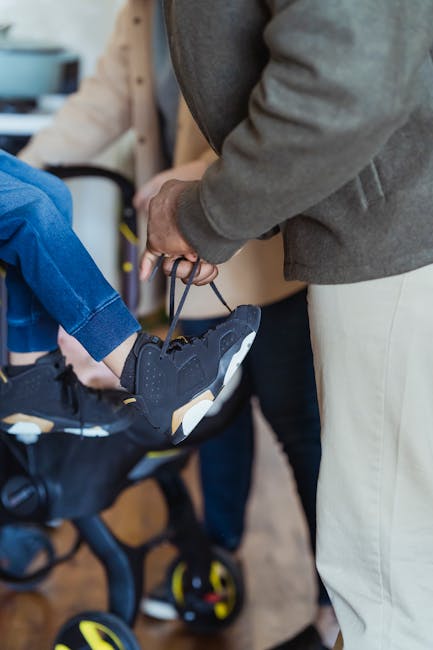Transverse Abdominis Muscle

So the first thing I want you to work on follow me down here is when you’re doing this pelvic floor, transverse abdominous work. You know trying to get that muscle system activated. You’Ve got to make sure you’re in neutral okay, so you can’t be in this flat back position. You can’t be imprinted into here, and it’s rounded back position, especially of one of that transverse abdominis muscle, if you’re one of those disc patients who is recovering from a disc problem and you’re, also coming up stuff into here, a lot of people when they try and do cool work And raise their legs like they arch up too much, so we’ve got to try and find our neutral position. So what I want you to do, hands-on hip bones and you’ve got to try and go arching up all the way here, and you see this one.
Four-point: when you do a cat-cow position and then curling under and trying to find the other way now. This is a really good transverse abdominis muscle mobilizer for your lower back anyway, I feel a bit stiff in there so trying to find the extremes. Extension their flexion here that lumber spine and then finding that nice midway point in between once you’ve got that midway point. We need to start activating our pelvic floor and abdominals without breathing. So what I like to do is you find those bony points in the front of the hip?
Okay, so your ASIS, your anterior superior iliac spine, find that bony point in there. What you then do is go in and she knew basically the closest area you’re going to be to your transit stops to feel what’s going on there remember what you don’t want to do is go our brain, abdominals! Okay, you let it go! Brainpower floor, floor Donnell’s, and that is how we’re going to get our low-level core activation.
We’re going to come over here to have a look at this. So if we try and think about if you’re breathing, what I want you to do is as you breathe it out, you’re going to tighten up will draw up that pelvic floor now. If you can think about the power floor as your toilet muscles, okay, so they’re the muscles that are going to stop you from going to the toilets all right in the front, not the back! You want anybody ripping. We want to think about doing the Front’s as if you’re going for a wee and you’re going to stop the mid flow.
What you’ve got to try and think about is slowly if you’re going to the toilet slowly, stopping that flow and what you’ll feel as you breathe out, not as you breathe it as you breathe out, you’ll feel that transverse abdominus for up and kick in now this Physios we always talk about getting up to about 30 %, so not your maximum. Okay, there’s, definitely not a brace position. If you feel that tummy’s popping up like this you’re doing a brace position, you’re doing your obliques and your regular sizing you’re trying to get an intradermal pressure and that’s not what we want, because they tend to arch your back and whatever overwork your extensions.
So we’ve got to think about it during the up and end, so don’t think it too much about hollowing out and dropping the belly button down. We tend that tends to be able to lift up through here, so we’ve got to try and keep their ribs down. Okay and then, as we breathe out, we lift up until we feel that tone about 30 % time and then, as we breathe in we, let’s switch off again: okay, that’s just activating on and off, but every breath so remembers, breathing out drawing up not breathing. In enjoy okay, so that’s your first part is trying to breathe in breathe out and feel that time and you’ll see what will happen on some people have done belly, buttons are it’ll go down and it will go south okay and that’s what we want.
We want that body buns getting drawn downwards, alright, so there’s your first exercise that is breathing pelvic floor, transverse abdominus, alright, getting that activated getting a firing up. The second exercise, for you guys to train it, is to try and when you breathe out for the first time you breathe out and you switch it on. You’ve has been to try and hold it on that thirty percent level and keep breathing and and now and don’t let it switched off as you breathe in then, and I’m just feeling that time, keeping an eye on thirty percent breathing in breathing out and trying to keep it Activated the whole time and I’d go for about 20 breaths and then have a break have a rest.
Okay, that’s in supine. We’Ve also got I’m doing a full point. Supine is easy. We’Re going to feel what’s going on. The full point is harder. So when you go, what I mean by four points: is you’re making this horse start our position? Okay, and what you want to aim for is arms straight down five straight down and again start with getting that lower back into that neutral spine. A lot of people start here as that sag straightens again, that’s no good. You’Ve got to try and get up into neutral, and so I would go all the way up and deflections around that lower back tuck, that bellybutton into the max in a cat position, and then drop down into the car position, and just do that a couple of times.
Cat and Kerr trying to really mobilize their lower back and then find your transverse abdominis muscle halfway point between crucial things is to you’re not dropped down in the shoulders. Okay, you’ve got to be up into neutral protraction as well. If you don’t drop down to be here and so you’re nice straight long spine through there straight long head and then you can try and get your breathing in and out so remembering breathing out lifting up that pelvic floor now, when you lift it so we’re going To be this way, if you like the imagine those belts with us as a stop at mid-flow, they’re coming up so be coming up this way and what will happen it is your belly actually rise as you draw that palette for it.
Okay, so that’s that breathing in breathing out drawing up that power floor now you have to feel internally for this one transverse abdominis muscle. You can feel here and we should put one handy, but that’s hard because you’ve got to build one arm. That’S another exercise we’ll go through later. So, working on that mutual spot, getting that pallet floor activated welcome





